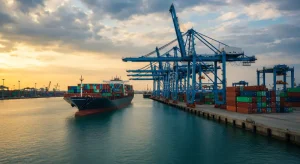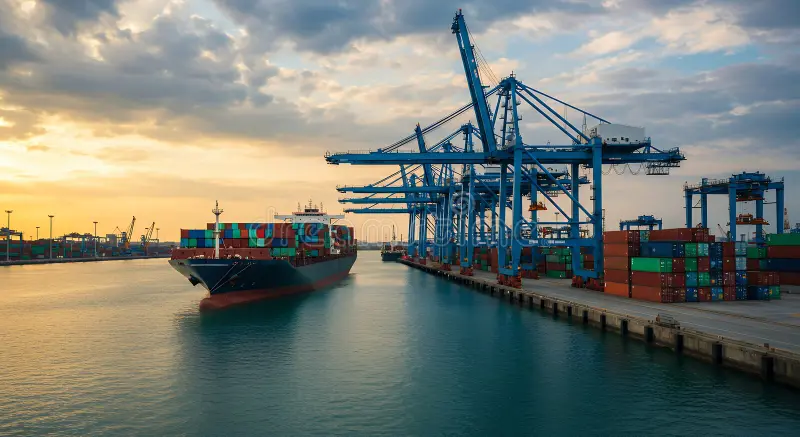Vibrant Import–Export Activity in Early August: FDI Remains the Backbone
Overview
In the first half of August 2025, Vietnam’s import-export activities remained highly dynamic. Preliminary statistics show that total trade turnover exceeded US$40 billion, reflecting strong demand in both exports and imports.

Exports: FDI as the Driving Force
Export turnover reached over US$20 billion, with foreign direct investment (FDI) enterprises contributing nearly US$15.74 billion, accounting for 78.7% of total exports.
Key export categories included:
-
Computers, electronic products, and components: almost US$4.6 billion
-
Phones and components: US$2.48 billion
-
Machinery, equipment, tools, and spare parts: US$2.44 billion
-
Textiles and garments: US$1.84 billion
Other important exports were footwear (US$989 million), wood and wooden products (US$720 million), transport vehicles and parts (US$700 million), seafood (US$482 million), fruits and vegetables (US$379 million), cashew nuts (US$225.7 million), and coffee (US$224.8 million).
Imports: Supporting Production and Growth
Total import turnover in the same period was about US$20.3 billion, with FDI companies once again leading with nearly US$15 billion, or 73.9% of the total.
Main import categories included:
-
Computers, electronic products, and components: US$7.28 billion
-
Machinery, equipment, tools, and spare parts: US$2.81 billion
Other significant imports were chemicals, plastics in primary form (US$535.8 million), iron and steel (US$492 million), crude oil (US$288.6 million), gasoline (US$300 million), coal (US$188.6 million), and fully assembled cars (6,797 units worth US$165.6 million, of which passenger cars made up more than US$92 million).
Overall, Vietnam recorded a modest trade deficit of just over US$200 million, a manageable figure that indicates balanced growth between imports and exports.
Significance for Vietnam’s Economy
-
FDI’s critical role: The dominance of FDI in both exports and imports highlights Vietnam’s integration into global supply chains.
-
Stable trade structure: Export and import values remain closely matched, ensuring balance while supporting manufacturing growth.
-
Diverse export portfolio: Traditional sectors such as agriculture, seafood, and textiles continue to grow alongside high-tech industries.
-
Strategic imports: High import volumes of machinery and electronics reflect the country’s strong production capacity and investment in technology.
-
Healthy trade deficit: A slight deficit demonstrates healthy trade flows without creating macroeconomic risks.
Key Takeaways for Businesses and Logistics Providers
-
Collaborate with FDI partners to secure logistics services and strengthen supply chain resilience.
-
Plan import strategies for raw materials and machinery to ensure uninterrupted production.
-
Diversify export markets and products to maintain resilience in both traditional and high-value industries.
-
Monitor trade flows to anticipate opportunities and challenges in logistics and distribution.
Read more:
Vận chuyển đường biển đi cảng Khanom (Thái Lan)
Chuyển phát nhanh từ Bình Dương đi Hà Nội giá ưu đãi

